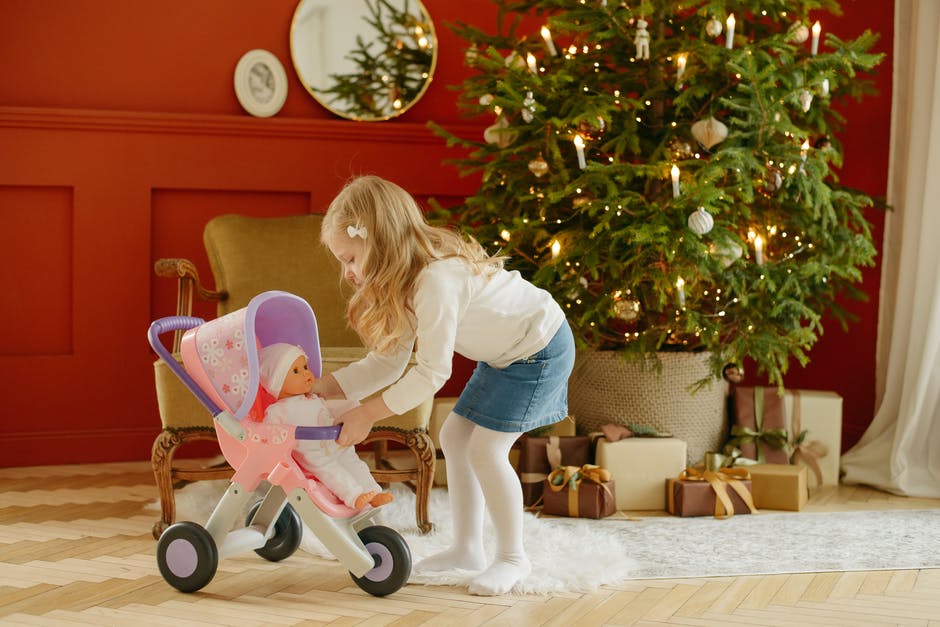
There’s no doubt that playing is fun for kids. But it’s also how they learn to get along with others, organize, regulate their emotions, and even cope with stress.
From teddies and balls to remote control cars and light-up electronic games, there is a range of toys for kids to choose from. And they all help encourage childhood development in different ways.
But what are the specific categories to consider when shopping for children’s toys? Let’s take a look at the three main types.
1. Role-Playing Toys
Kid-sized kitchens and doctor’s kits help children process how the world works through role-playing and imitating influential adults. Dolls, action figures, teddies, and similar toys for kid girls and boys also encourage them to have fun with pretend play.
You’ll find that your kids often come back to these kinds of toys as they grow from babies into bigger kids. Although, as they develop new social and emotional skills, their role-playing scripts and interactions will change over time.
Then, once they’re too big for them, you might even be able to make some money selling beanie babies and other role-playing collectibles.
2. Open-Ended Toys
This category includes outdoor toys for kids such as jump ropes and balls. Puzzles, blocks, and nesting cups are also considered open-ended. In fact, even household items like pots and pans could come into this category as they encourage free play. Likewise, containers such as kids’ toy storage boxes and Tupperware can spark your child’s imagination and creativity.
Toy cars for kids are also great for open-ended play. Some might consider them more for role-playing. But vehicles allow children to express their own will within an appropriate and safe environment. Likewise, craft supplies such as paper and crayons are ideal for encouraging creativity and free expression.
3. Interactive Toys
This last category covers light-up toys, musical games, and anything with buttons, knobs, and levers for children to press and interact with.
Although all toys have educational benefits, many people consider these to be the best educational toys for kids. Indeed, they do teach children the concept of cause and effect through play and experimentation. Interactive toys also encourage fine motor skills and problem-solving. They can help children develop better language abilities by repeating key phrases.
Many interactive toys also tend to be restrictive, with little scope for imaginative free play. As such, toys that combine both open-ended and interactive elements – such as plush toys with buttons – tend to be more enjoyable for kids than single-function interactive toys.
Providing a Range of Toys for Kids
You might assume that light-up toys for kids are more educational. Or that stuffed animals are only for babies.
But, providing your children with a range of different toys is key to their ongoing development. As is giving them the freedom to choose how they interact with their toys.
Want more inspiring insights and news updates? Be sure to check out our other blog posts for all the latest lifestyle tips, tricks, and how-to guides!
Leave a Reply